IONChain: Generating tomorrow's new economy of the Internet of Things


The Internet of Things (IoT) manages to interconnect multiple electronic-digital devices for the exchange of large amounts of data through the Internet. When this information has an intrinsic value, the concept of the Internet of Value (IoV) can be developed. Therefore, it is of vital importance to solve the problems of data circulation, data sharing, data transactions, and data security within the IoT.
The IoT can be understood as the union of computers and the internet in global information technology. Where the smart devices that we use will be tied in the same communication network. So, the development of internet applications is a key element as well as the user experience that is offered.
Currently, the IoT market is in a high growth rates, below we can see some data:
According to IDC (International Data Corporation) based in the USA, in 2015, the overall investment in global IoT market was 736.9 Billion dollars, and it is predicted that this number will increase up to 1,289.9 Billion dollars by 2020.
The number of IoT devices carrying IoT software and transmitting data has reached 14,866 billion in 2015, and it is predicted to grow up to 30 billion by 2020.
The Chinese IoT market is calculated to grow around 100% in just 4 years (2016 to 2020) from 930 billion RMB (139.5 Billion dollars) to 1830 billion RMB (274.5 Billion dollars).
No doubt those numbers motivate anyone because it is a market in constant development and growth.
However, today these are the following IoT problems:
- Business model for the IoT industry: Currently, the business behind the IoT industry depends on the hardware improvement of the devices (electronic components), however, the field concerning data resources has not been exploited, it has not been implemented on a large scale in business scenarios.
- Lack of security and privacy: Each device of the IoT manages and processes data from companies and people, this generates distrust since all this information ends up in the hands of a few companies and stored in large centralized servers, being an easy target for hackers.
- Cloud computing architecture: One of the disadvantages present in the cloud architecture that the IoT currently uses is the delay time, considering that IoT devices have to manage applications in real time. So in applications involving a millisecond to millisecond interaction between various communication devices, the current architecture with which the IoT was built is useless.
What technology is in the capacity to solve this ?
The answer is: the Blockchain technology implemented by IONChain. It will improve the efficiency in security and the exchange of data in the IoT economy. IONChain will automate transactions between smart devices.


IONChain acts as the point of connection between all IoT smart devices that supporting decentralized P2P communications.
Offering a solution for cloud architecture with the Edge computing, that allow fast connectivity, real-time operation, data optimization, privacy protection, and data security.
The Edge computing create the joint of physical entities and industrial connections. Also, Edge computing will be an important optimization layer of the cloud computing.
IONChain knows the requirements of edge computing technology. It can make the most of the computing power of each network nodes. IONChain uses very wizely the architecture features of Edge computing, converts every device connected to IONChain into a mining machine, through the Ionization algorithm. With this implementation, each team (user) can receive rewards in a precise way for the data volume and time. It is very important to emphasize that a unique feature of IONChain is that it provides the infrastructure for a multitude of IoT devices to participate in the mining process.
So, both users and companies can participate in this new ecosystem. Consequently, this will create a new public dimension of participation for construction and trading in the IoT.
IONChain has created an innovative concept, a system where they integrate current IoT devices and infrastructure. This concept is the "One Device, One Coin, One Code."
One Device is related to each IoT devices. One Coin is the IONC token of the ecosystem. One Code is a code associated with each device within the IONChain platform. Below is a more detailed and technical explanation of IONChain's innovation.


IONChain has a unique algorithm called IONIZATION. Why this name? Ionization is the process where molecules or atoms gain or lose electrons to form IONS, therefore they are separated into positive Ions or negative Ions, as the case may be. These Ions can form new substances easily.
Similarly, the IONIZATION algorithm separates two main functions of the blockchain, the value creation, and value transfer. Through this algorithm, IONChain will act as a link between all the IoT devices to achieve decentralized P2P communication.
In addition, IONChain algorithms allow any device to be a machine that works to mine and generate value on every moment (the reward depends on the hardware device specifications).
Currently, this would not be achieved if the consensus algorithm used by Bitcoin and Ethereum continues to be used to keep value creation and value transfer together. With the IONIZATION algorithm, these two functions are separated into two layers with their very well differentiated operations.
The first one (creation of value) is only responsible for creating value, and like an ION the different IoT devices can be combined with other types of consensus algorithms easily.
The value that is generated will be represented by the IONC currency. Then this currency can be transferred by users to any place in IONChain through the second layer (value transfer).
1. Value generation layer
This layer is divided into 4 parts:
- Value creation: This layer is a combination of IoT devices and Edge Computing Centers. Where all the information is stored in the device (manufacturer of the device identification, among other data) and encrypted with zero knowledge proof algorithms. The devices are used as mining machines and the information they process can generate IONC coins. "IoT devices upload relevant information to the mining machines, and the mining machines calculate accordingly using the Data Quality proof and Time Lapse Proof algorithms".
- Value verification: It is similar to the consensus algorithm in other blockchains, where information stakeholders verify cooperatively the data provided by the IoT devices.
- Value evaluation: This is the second level of value verification. This layer is designed to combat malicious attacks.
- Value confirmation: finally to package the verified value, the IONC is created and is present in the IONChain ecosystem.

Value transfer in IONChain
This layer is divided into 6 elements:
- Application layer: It is the interface layer on the platform, where devices can access IONChain. In this interface, there is a verification to avoid falsification of IoT and the vendors devices. It also offers the services of Data validation, Data Query, Vendor Query, Device Registration, Wallet Query.
- Service layer: The interface used by the service layer is intended for other programs rather than for the end user. In the first stage, the service layer is available only for the internal components.
- Protocol layer: provide external services through a unified protocol. It is expected in the future that this layer will be a common protocol for all third-party applications.
- Smart Contract Layer: This layer allows the connection between blockchain layers with the applications. It allows joining the user's requirements and blockchain consensus algorithms. It also allows users to use legally and securely the data stored in the blockchain to create value.
Currency issuance contract to currency issuance, re-issuance, lock, and other functions.
Wallet contract to manage user's wallet.
IoT device lifecycle contract uploading information device (information circulation, activation, deletion) onto the chain.
Manufacturer management contract uploading information manufacturer (information circulation, freeze, release and more) onto the chain.
Custom Contracts Manager tool users can develop and manage their own contracts.
- Blockchain Layer This is the most important layer of IONChain, just as the consensus algorithm is the most important part of the blockchain layer. To improve the IoT network IONChain, this platform uses an improved version of the POS algorithm (Proof of Stake) and the POW (Proof of Work), the IPOS algorithm.
- Data Storage Layer: IONChain has two ways to save the data in the blockchain. The first one uses the IPFS system (InterPlanetary File System), which stores, the data and then searches it according to its content (instead of its location). This implementation allows each file to have the same name on each computer. So, if you want to change the name or the contents of the file, you must change it in all the computers.
The Smart contract layer consists of the contract management (responsible for the deployment, installation, debugging, running, among other applications) and the contract interface (external systems). IONChain provides a set of system contracts for system-related operations:
This algorithm is very robust and difficult to break. It is based on choosing a group of block producers and programming the production of the blocks. The production of blocks is programmed so that every 3 seconds a block producer takes his turn. There can be up to 33% of malicious nodes if these create a "fork" they can only produce one block every 9 seconds, while most honest nodes will produce twice as many blocks in the same time interval.
To know that a block is totally irreversible, this can be determined by checking the confirmation by 2/3 + 1 of the block producers. This rule is similar to the one that Bitcoin uses with the 6-block confirmation. This assumption is based on their perception of recent blocks. If the consensus on the longest chain changes then it could potentially invalidate the assumptions the signer had when they consented to the transaction.
With Transactions as Proof of Stake (TaPoS) "all transactions include a hash of a recent block and are considered invalid if that block does not exist in the chain history". If someone signs a transaction while there is an orphaned fork, the transaction will be invalid and can not get to the main fork.
A deterministic producer shuffling, shuffled every N blocks where N is the number of producers. This randomness allows that block producer B does not always ignore block producer A.
What makes the improved algorithm of IONChain, the IPOS, incredible is that no matter what type of interruption it suffers (natural network disruption), the system continues to work). "IPOS is designed to optimize the performance of the nominal condition of 100% participation of honest nodes with robust network connections. This gives IPOS the power to confirm transactions with 99.9% certainty in an average of just 1.5 seconds while decreasing in a graceful, detectable manner that is simple to recover from".
"IPFS system can store smart contract data, transaction records, and other core data. However, IONChain is designed for future IoT networks, which need to store also the business data. Therefore, IONChain introduces BigChainDB as business data storage engine to meet data research requirements. BigChainDB has some advantages of the blockchain, like decentralization, immutability and asset registration & transfer".


Uses and rewards of the IONC token:
° Rewarding users of IoT devices used to mine.
° Rewarding executing data searches, statisticians and smart contracts analysis.
° Rewarding the nodes that run the API called by DAPP.
° Rewarding the node that performs the transaction between two accounts.
° Rewarding the nodes that allow communication between IONs (access to IoT devices) on IONChain.
° Having the IONC tokens for a long time allows users to be a member of the IONChain committee board.
° The IONC token can track all the movements you make and save the data associated with the currency.
° R & D expense for the developers is a compensation paid by IONC users.
Distribution of the IONC token in the IONChain platform:
° Circulation: tokens given by IONChain for the promotion of the community.
° Mining rewards: tokens issued for IoT devices. They work as mining machines to provide computing power and participation in consensus.
° Community construction & incentives: the issue of tokens to incubate various IONChain-based DAPPs.
° R & D Team: tokens issued to the IONChain team, the symbolic reward for team members will be blocked for 36 months.
° Node incentives: tokens issued to incentivize the Nodes to provide computing power and storage guarantees.


Use-case 1
Ruben provides sensors service to some marketplaces. His service provides the right hardware at all store doors to open and close when there is a customer nearby. The sensors not only detect if a person approaches the door, but also records the number of users entering and leaving the store. For Ruben, having the information about the number of people entering and leaving the stores are useless because it does not represent any assets for him and occupy too much size in his server storage. He would like to make more money with the service he provides without increasing the number of sensors since it would increase the headaches at the time of maintenance of all these devices.
On the other side of the world, there is a Chinese China eager to enter the western market, but before doing so, they see the need to carry out a marketing studies and consumption patterns statistics. This company does not want to take any false step and wants to make sure that the products they offer can be sold without any problem in the western market quickly and efficiently.
Both Ruben and the company have common interests but there is no one to join them. On the one hand, a friend of Ruben introduces him to IONChain. And on the other hand, the marketing director of the company tells the rest of the directors of IONChain. IONChain is the bridege for the both parties regardless of distance. With IONChain the IoT economy is facilitated, it is the ecosystem where you can design and automate transactions between smart devices.
Ruben will be able to use the thousands of sensors as mining machines and also value the information obtained from his sensors. Allowing any company to carry out the necessary studies for their convenience. With this relationship that IONChain creates, everyone wins since Ruben monetizes the information and will get rewards with the use of its sensors as mining machines, while the company will obtain the information it needs, for this the company must buy the IONC tokens so that expect the value of the token to increase considerably. IONChain creates an ecosystem where everyone wins.
Use-case 2
Case 4: Take for example a residential district close to the CBD area, where there is often a huge demand for car parking. Some of the households are willing to rent out their empty parking lots if they are not making use of them. By installing smart locks, the households and those seeking parking can automatically control who uses the parking space via smart contract and complete the transaction without any human intervention. Simultaneously property management staff can connect with IONChain as another node. After the transaction has been completed the profits will be calculated and distributed accordingly. Transaction settlements within the system will be dependent solely on IONC. There is no need to involve any bank or other third-party institutions. No transaction fee will be required.
Conclusions
The main objective of IONChain is to create a stronger Internet of Value Industry, joining the Internet of Things in one place. This is possible thanks to the innovative concept of "One Device, One Code, One Coin". IONChain will create a platform where all IoT devices can provide data and value or quantify them in real value, in the IONC token.
What allows each IoT device to be used as a mining machine is the Edge Computing technology, managing to reward the users that participate.


Roadmap
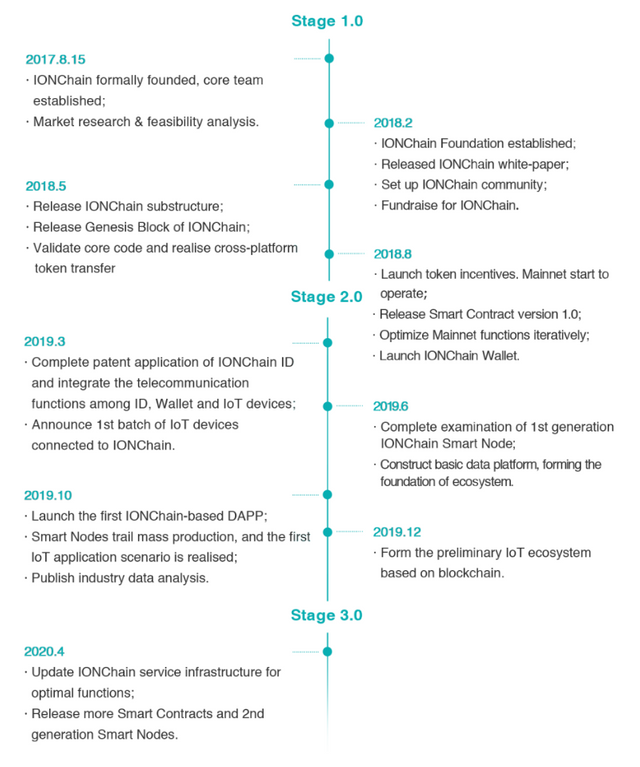
Whitepaper
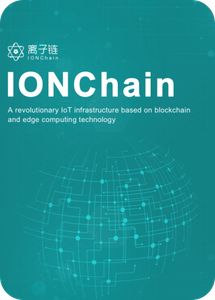 Click to Download the Whitepaper
Click to Download the Whitepaper


scroll to right to see more





Partners

Featured Technologies

Legal Support



| Telegram | BitcoinTalk | Medium | |
|---|---|---|---|
| Github | Steemit | Youtube |

Here is the link to my tweet about IONChain
This is the entry for the @originalworks contest
ionchaintwitter
ionchain2018

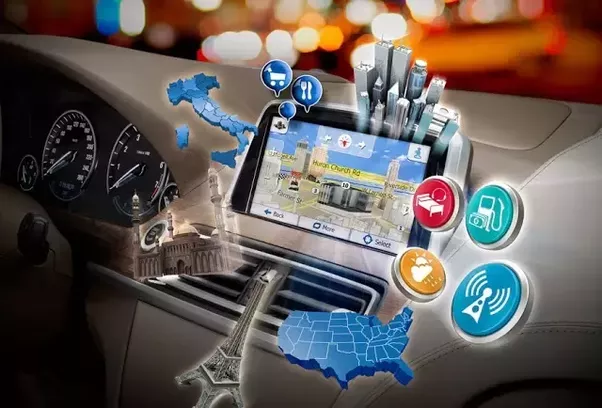
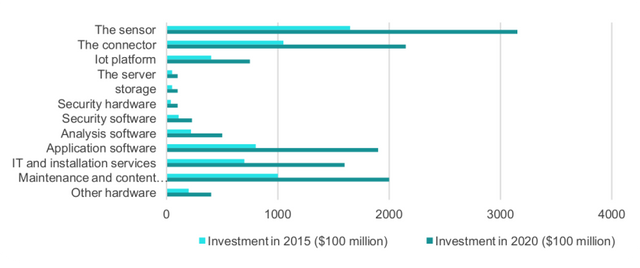


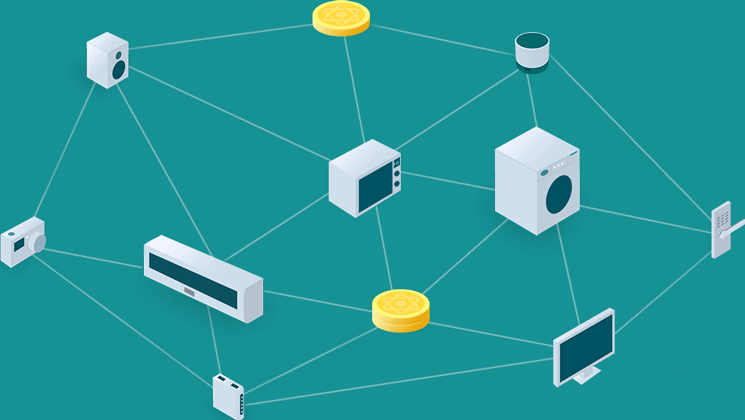

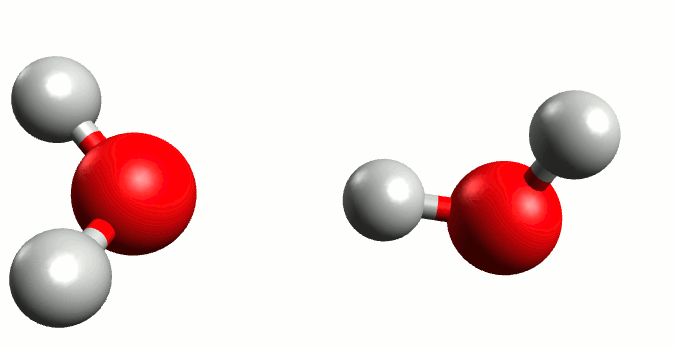
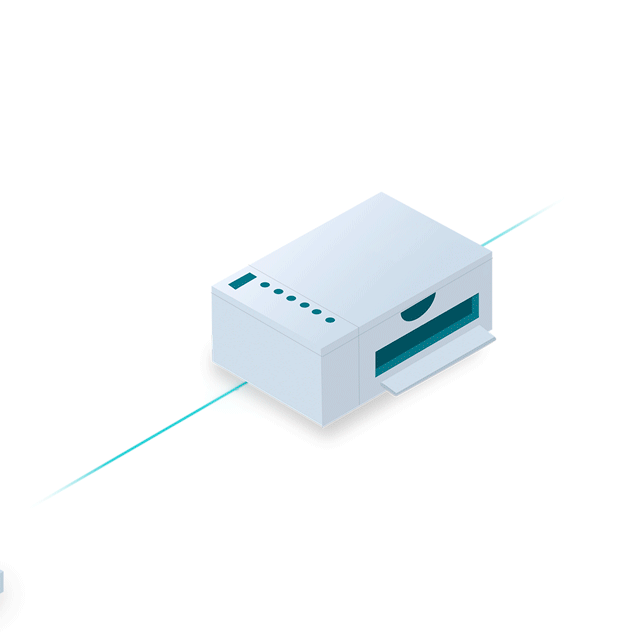

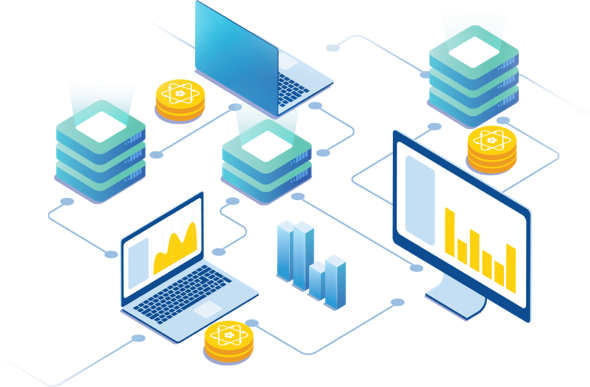
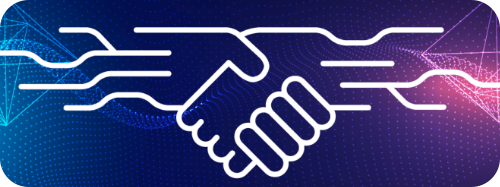


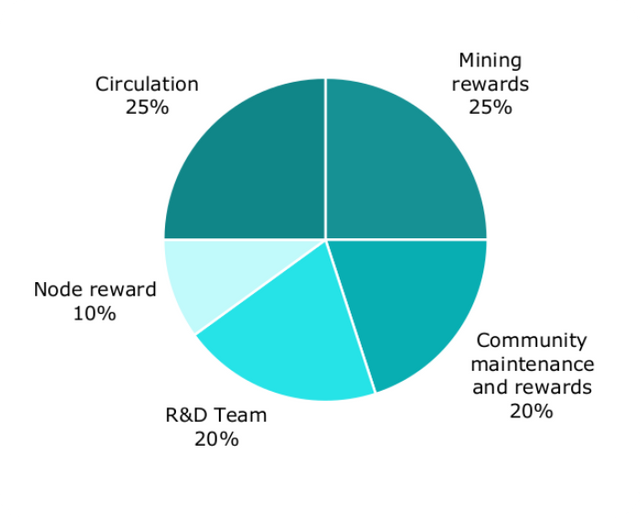


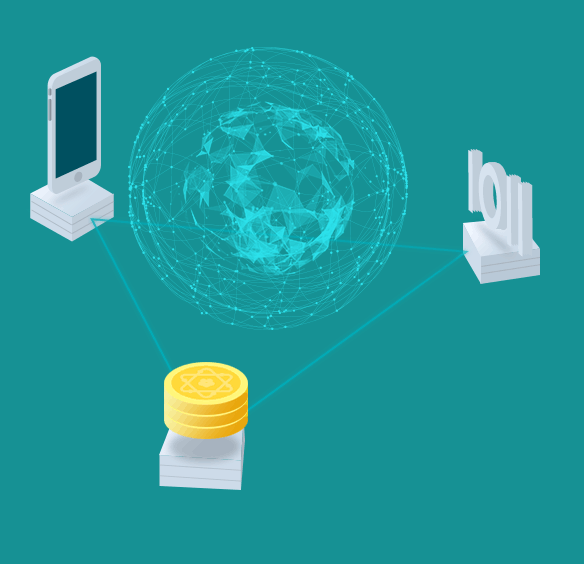







This post has been submitted for the @OriginalWorks Sponsored Writing Contest!
You can also follow @contestbot to be notified of future contests!